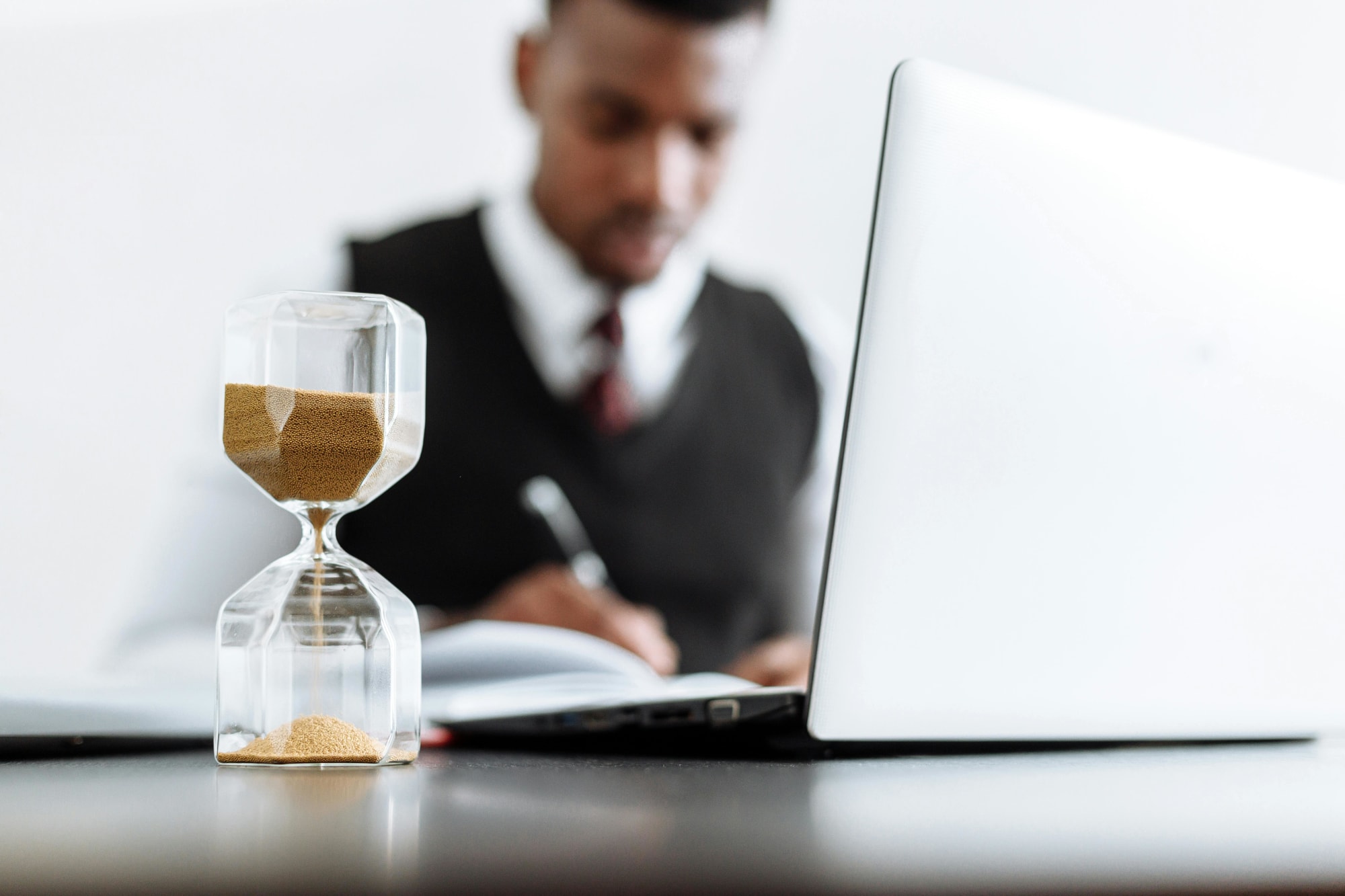Invest
Politics is killing the Australian economy
Our three-year election cycle is creating a short-sightedness among politicians that is stifling economic growth. With no fiscal boost in sight, the outlook for the Australian economy isn’t great.
Politics is killing the Australian economy
Our three-year election cycle is creating a short-sightedness among politicians that is stifling economic growth. With no fiscal boost in sight, the outlook for the Australian economy isn’t great.

In its recent Australia Matters report, professional services giant PwC notes that Australians have become complacent about economic growth.
“Many have never seen a recession during their working lives. Some still cling to the fact that Australia has enjoyed 28 years without a prolonged downturn, and assume the good times will continue,” the report said.
“However, they do so at their peril. With a perfect storm of ... wages stagnation, [sluggish] growth and stalling productivity, it’s time to reset expectations.”
The report notes that productivity growth over the last three years – measured by GDP per hours worked – is at its worst period since the last recession in the early 1990s.

GDP is really a function of population growth and productivity growth, according to Fidelity International cross-asset specialist Anthony Doyle.
This is why the emerging markets are experiencing faster levels of growth. They have the young demographic tailwind behind them, unlike Australia’s ageing population, and significantly higher rates of productivity growth.
“Population growth will continue to support the Australian economy going forward. On the productivity side, it is a lot harder to address,” Mr Doyle said.
One thing that is potentially constraining our ability to make the tough decisions on economic policy is our three-year electoral cycle.
“In the UK, they have five-year fixed-term parliaments ... we just had an election in May. Before you know it, we are into another electoral cycle. What is the stimulus to make those really tough policy choices that will potentially have a downside in the short term but a payoff in the long term, when potentially that party is not even in government anymore? Australia needs to fix the house while the sun is shining, rather than when it starts to rain.”
AMP Capital chief economist Shane Oliver continues to believe that the Reserve Bank will be forced to reduce the cash rate to 25 basis points and that quantitative easing will follow.
“Ideally more fiscal stimulus is needed soon, but the growth numbers were probably not weak enough to see a loosening of the fiscal purse strings in the mid-year budget review,” he said.
“As such, the pressure all falls back on the RBA. As a result, we remain of the view that the RBA will cut the cash rate by 0.25 per cent in each of February and March, which will take it to the RBA’s floor of 0.25 per cent beyond which QE is likely, but probably not until around mid-year after the RBA gets to see whether there is any substantial fiscal easing in the May budget.”
Late last year, Treasurer Josh Frydenberg described the Australian economy as “remarkably resilient” after GDP growth came in at 1.7 per cent through the year and by 0.4 per cent in the September quarter.
“The budget is back in black and back on track,” he said.

Economy
RBA's hawkish stance reflects inflation concerns, State Street economist comments
In a recent statement, the Reserve Bank of Australia (RBA) has signaled a hawkish stance on interest rates, drawing insights from financial experts about the implications for Australia's economic ...Read more

Economy
Navigating the inflation maze: How CFOs can outsmart economic hurdles in Australia
Fresh inflation data have cooled expectations of near-term rate cuts in Australia, intensifying pressure on margins, capital allocation and demand. Rather than wait for monetary relief that may not ...Read more

Economy
Inflation concerns rise as Australia's CPI climbs to 3.8% in October
Australia's latest Consumer Price Index (CPI) figures have sent ripples through the economy, with headline inflation accelerating to 3.8% year-on-year in October, up from 3.6% in September. The data, ...Read more

Economy
October CPI results pose challenges for RBA’s monetary policy stance
In a surprising turn of events, the October Consumer Price Index (CPI) data has raised eyebrows among economists and market strategists, revealing stronger-than-expected inflationary pressures in ...Read more

Economy
Global deal activity declines by 6% amid economic uncertainty, reports GlobalData
In a year characterised by economic turbulence and evolving market conditions, global deal activity has witnessed a notable downturn during the first ten months of 2025. According to GlobalData, a ...Read more

Economy
Australia’s softening labour market puts another RBA cut in play — here’s what business should do now
A four-year high in unemployment has revived expectations the Reserve Bank could deliver another rate cut as soon as November. With quarterly GDP growth running at 0.6 per cent and annual growth at ...Read more

Economy
Rising CPI reinforces RBA’s stance as rate cut expectations remain: State Street
State Street Global Advisors says the Reserve Bank of Australia (RBA) is likely to hold its current policy outlook following the release of September quarter inflation data, which showed an unexpected ...Read more

Economy
NSW SES boosts tsunami preparedness ahead of World Tsunami Awareness Day
As World Tsunami Awareness Day approaches on 5 November, the New South Wales State Emergency Service (NSW SES) is ramping up efforts to enhance tsunami preparedness along the east coastRead more

Economy
RBA's hawkish stance reflects inflation concerns, State Street economist comments
In a recent statement, the Reserve Bank of Australia (RBA) has signaled a hawkish stance on interest rates, drawing insights from financial experts about the implications for Australia's economic ...Read more

Economy
Navigating the inflation maze: How CFOs can outsmart economic hurdles in Australia
Fresh inflation data have cooled expectations of near-term rate cuts in Australia, intensifying pressure on margins, capital allocation and demand. Rather than wait for monetary relief that may not ...Read more

Economy
Inflation concerns rise as Australia's CPI climbs to 3.8% in October
Australia's latest Consumer Price Index (CPI) figures have sent ripples through the economy, with headline inflation accelerating to 3.8% year-on-year in October, up from 3.6% in September. The data, ...Read more

Economy
October CPI results pose challenges for RBA’s monetary policy stance
In a surprising turn of events, the October Consumer Price Index (CPI) data has raised eyebrows among economists and market strategists, revealing stronger-than-expected inflationary pressures in ...Read more

Economy
Global deal activity declines by 6% amid economic uncertainty, reports GlobalData
In a year characterised by economic turbulence and evolving market conditions, global deal activity has witnessed a notable downturn during the first ten months of 2025. According to GlobalData, a ...Read more

Economy
Australia’s softening labour market puts another RBA cut in play — here’s what business should do now
A four-year high in unemployment has revived expectations the Reserve Bank could deliver another rate cut as soon as November. With quarterly GDP growth running at 0.6 per cent and annual growth at ...Read more

Economy
Rising CPI reinforces RBA’s stance as rate cut expectations remain: State Street
State Street Global Advisors says the Reserve Bank of Australia (RBA) is likely to hold its current policy outlook following the release of September quarter inflation data, which showed an unexpected ...Read more

Economy
NSW SES boosts tsunami preparedness ahead of World Tsunami Awareness Day
As World Tsunami Awareness Day approaches on 5 November, the New South Wales State Emergency Service (NSW SES) is ramping up efforts to enhance tsunami preparedness along the east coastRead more








